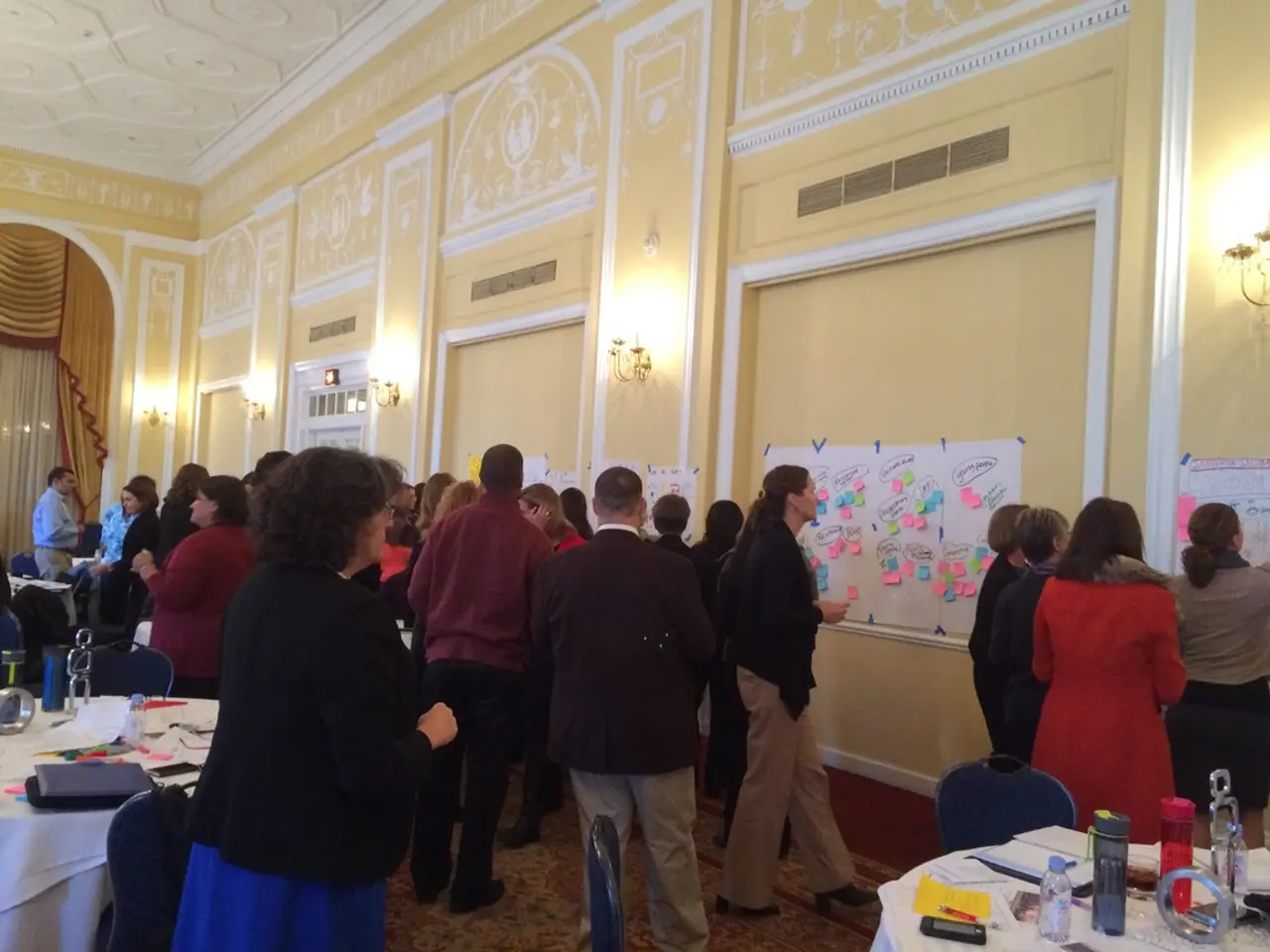Trump plans to display art from various museums - Trump to Oversee Museum Exhibition Strategies Nationwide
The Trump administration has taken a bold step in seeking to control the narratives presented in museum exhibitions leading up to the 250th anniversary of the USA. The White House sent a letter to the Smithsonian Institution regarding Trump's decree on museums' historical representations, issued in the spring.
Donald Trump decreed that museums should work in line with the government, emphasizing "American exceptionalism" and the removal of "divisive, race-centered" or partisan narratives. This directive, contained in Executive Order 14253, titled Restoring Truth and Sanity to American History, instructs a comprehensive review of Smithsonian exhibitions and materials to ensure they reflect a unified, patriotic American story rather than critical or complex portrayals of history.
This intervention has sparked considerable concern within the museum community and broader academic circles. The Organization of American Historians (OAH) and other critics have condemned the White House's actions as an unprecedented executive overreach that undermines the Smithsonian's legal independence and its mission of free and open historical inquiry.
Eight museums in Washington, including the National Museum of American History, the National Museum of Natural History, and the National Museum of African American History and Culture, will undergo the investigation in a first phase. The National Museum of the American Indian, the National Air and Space Museum, the Smithsonian American Art Museum, the National Portrait Gallery, and the Hirshhorn Museum and Sculpture Garden are also included.
Specific consequences of these policies include the temporary removal of politically sensitive content, attempts to remove or modify artworks perceived as controversial, and reduction or redirection of federal funding affecting multiple cultural institutions. Notable examples include the removal of a placard referencing Trump's impeachments from the National Museum of American History and Amy Sherald's cancellation of an exhibition after what she described as censorship pressure related to her painting of a non-binary transgender individual portrayed as the Statue of Liberty.
Critics accuse Trump of starting a culture war and restricting artistic freedom and free expression. The incomparable heritage of the USA, which drives freedom, individual rights, and the happiness of people, has been accused of being portrayed as racist, sexist, oppressive, or otherwise irredeemably flawed by Trump.
Before the 250th anniversary of the USA next year, the government will check whether exhibitions are spreading narratives that are divisive or biased. Exhibition texts, wall labels, websites, and educational materials will be examined for tone, historical context, and alignment with American ideals.
Museums under Trump's predecessors did not have to fear interventions from presidents, but this has changed with the power shift in Washington. The US government aims to control exhibitions in several renowned museums to prevent representations of American history deemed divisive or biased.
This is not the first time the political right accuses left-leaning circles in the USA of restricting free expression and artistic freedom. The Smithsonian Institution has been named as being under scrutiny for its historical representations. The Republican claimed that there had been "concerted and widespread attempts in the past decade to rewrite the history of our country and replace facts with a distorted narrative that is more determined by ideology than by truth".
In summary, the Trump administration’s involvement has resulted in a direct effort to control museum narratives to reflect a more patriotic and less critical view of American history, challenging the autonomy, curatorial independence, and scholarly mission of museums like the Smithsonian. The administration requires museums in Washington to submit exhibition plans, designs, catalogs, and programs to the central government.
Read also:
- In the city streets of Astana, the verses penned by Abey resound
- Five reasons explaining my consistent refusal to become a member of a golf club, alongside the factors that could potentially sway my decision.
- Strategies for Enhancing the Alignment of UX Design with the Business Entity
- Unraveling the Complex Perspectives Hidden in the Gabrielino Language




